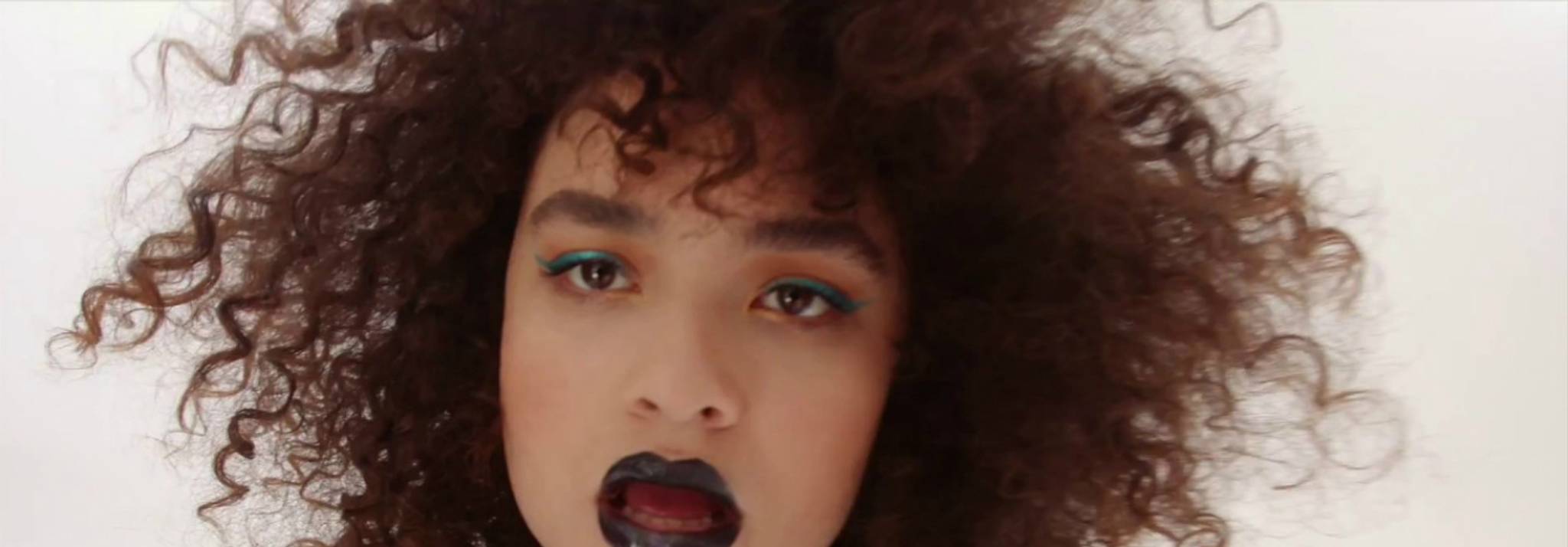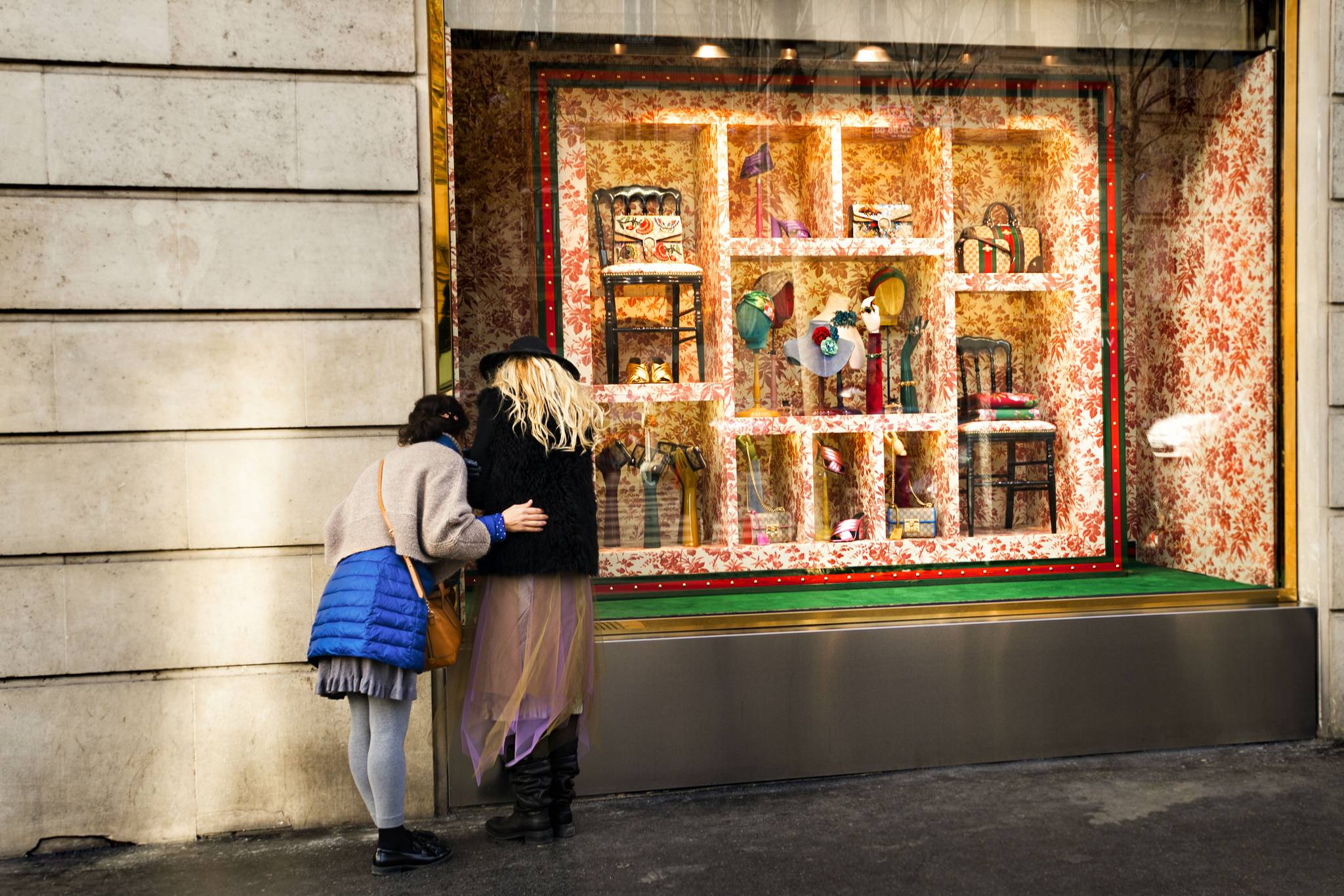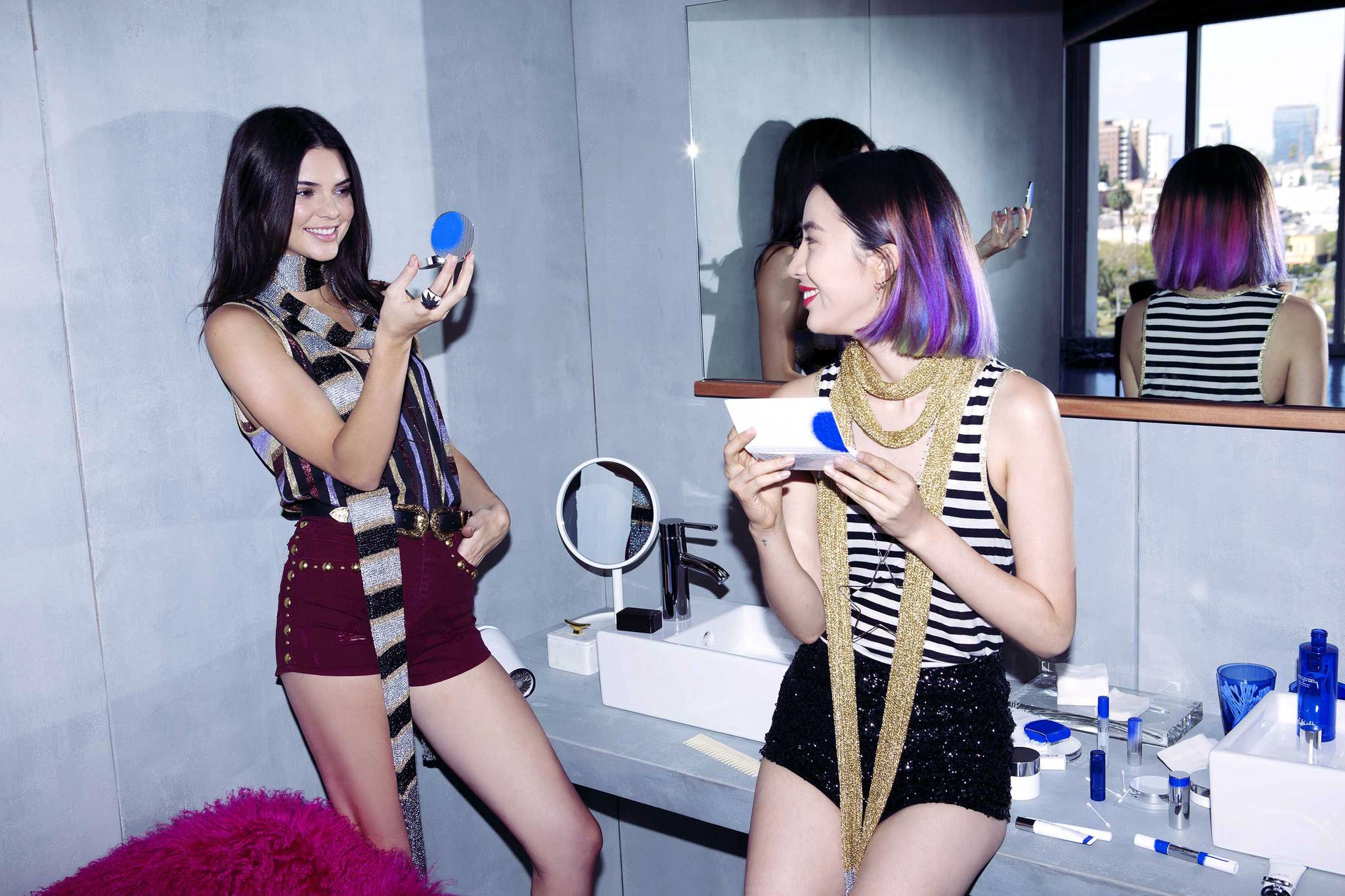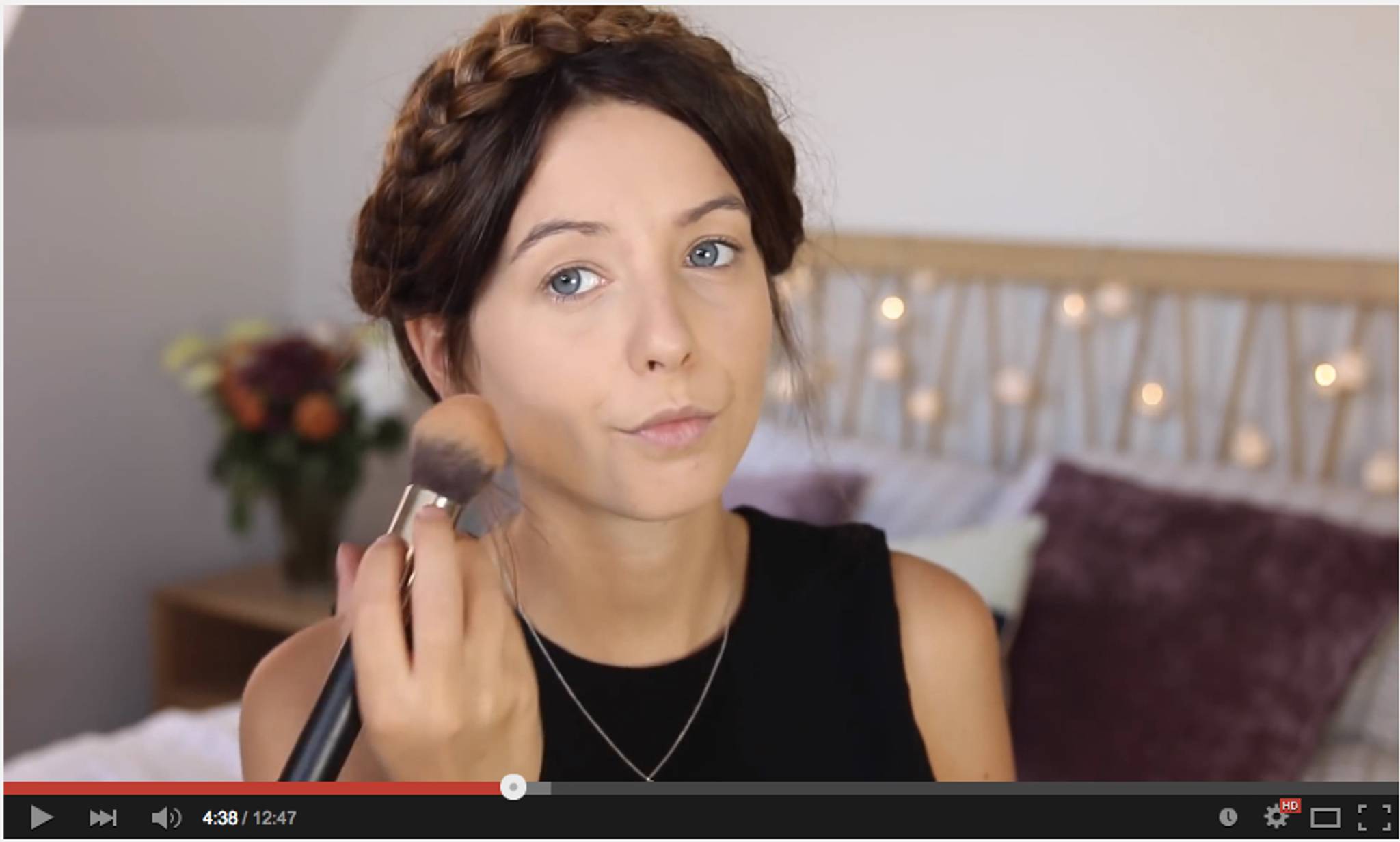
Bloggers are perceived as the third most trustworthy source of information after friends and family, which is part of the reason Marc Jacobs is banking on the vlogging community to help sell its beauty products. The #castmemarc campaign is recruiting beauty bloggers to feature in the brand’s how-to video series. We uncover the insights behind the ads, and why a high-end brand is turning to social media influencers to sell its luxury products.
“This time, we’re looking for the next Marc Jacobs beauty social media sensation...could it be you?” Milk – the drag queen who fronted the 2016 campaign – is calling out from the official ad spot by Marc Jacobs, encouraging aspiring beauty bloggers and vloggers to enter themselves in the luxury brand’s second #castmemarc campaign. And over 100,000 aspiring beauty buffs applied by sharing videos on Instagram, telling Marc Jacobs what inspires them in beauty and why the brand should feature them in the series. The five winners included Australian Lucy Garland and LA-born Zachary Edward, who will be known as the #castmemarc Class of 2017; the winners will feature in the brand’s beauty tutorials and appear at influencer events. “This isn’t about airbrushed perfection,” explains the campaign brief. “Marc has always been known to find beauty in authenticity and imperfection.”
While beauty brands like Avon and L’Oréal Paris have been recruiting top beauty talent from online communities for years, luxury brands have been slower to do so. But with higher price tags and bigger profits to be made, luxury brands can do well with this method. When American fashion blogger Arielle Charnas of 'Something Navy' featured the Yves Saint Laurent Mascara on her Snapchat story, the brand sold 422 more units in just 24 hours. But these stints always have to bring something engaging to the table if they want to have impact; "today's audience is smart," says says Claire Collins Maysh, group talent manager at Gleam Futures. “It’s become really passé for a blogger to just hold up a product on Instagram… they don’t like being sold to like that.” So while a brand adopting vloggers to promote their products isn't anything new, Marc Jacobs is taking a step in the right direction to becoming more savvy with its promotional approach.
A full 96% of American women seek the advice of others before they buy or try new products, so by using vloggers who have grown their followings by giving their own authentic reviews, people are more likely to trust their opinion over A-list celebrity endorsements. “The content the micro-influencers produce resonates with the audience that follows them,” says Mona Akhavi, Founder and CEO of Sidebuy, the Canadian platform that connects brands with influencers and bloggers. “You really relate to them, you think they’re kind of cool, they have cool stuff.”
Hannah Elderfield is a psychology graduate from the University of Kent and a behavioural analyst at Canvas8 which specialises in behavioural insights and consumer research. Outside of work, she can be found shopping, walking her dog or attempting to curb her addiction to Nutella, not all at once of course.



